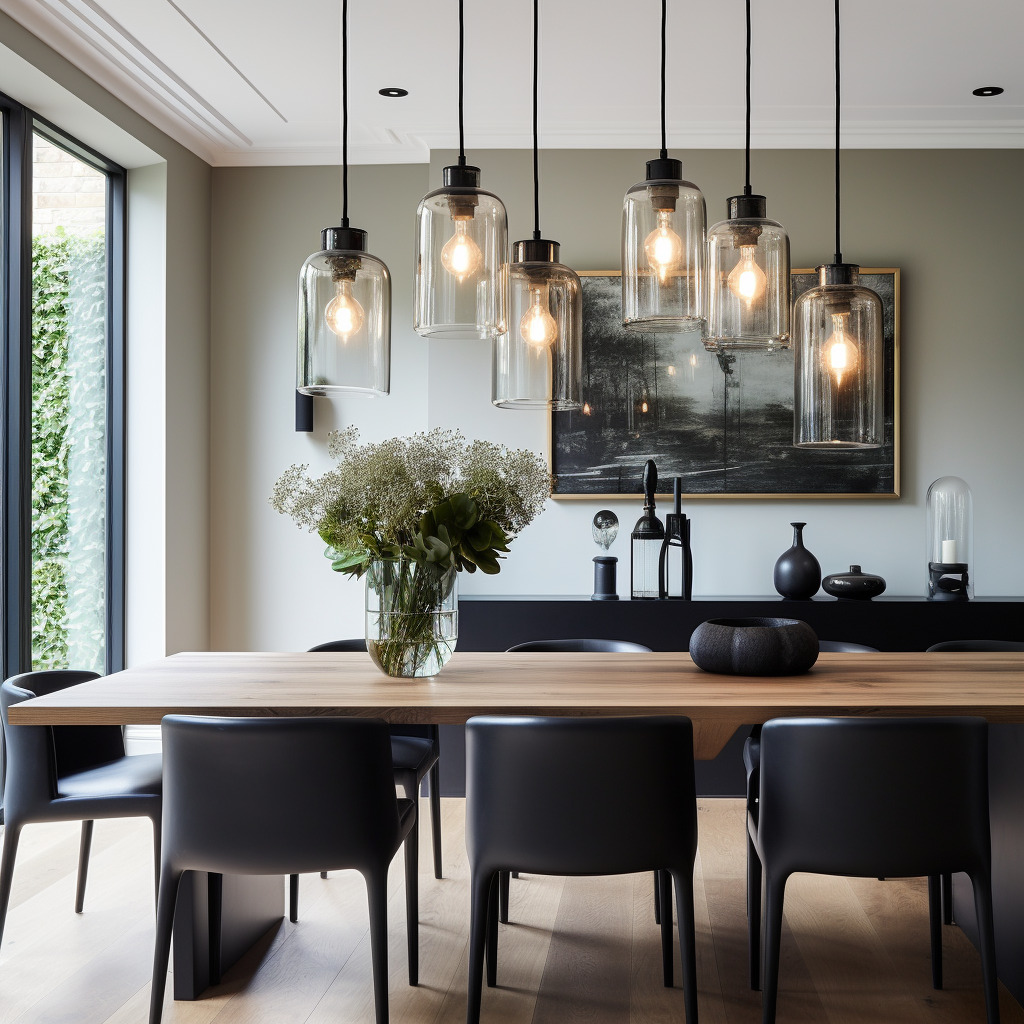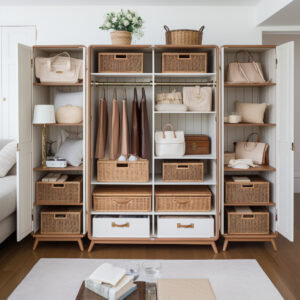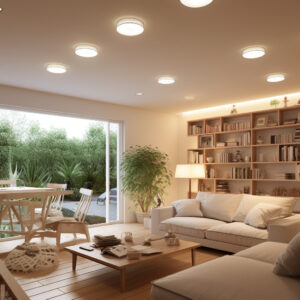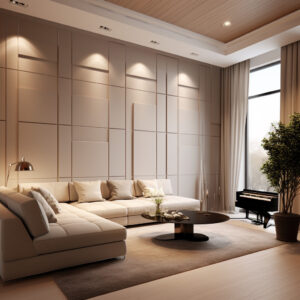Statement Lighting Ideas: How to Choose the Right One for Your Space
Introduction
The allure of a beautifully lit room goes beyond mere visibility; it’s about setting a mood, accentuating design features, and making a bold statement. Statement lighting serves as a key focal point, transforming any space from the mundane to the magnificent. Whether it’s the warm glow of a chandelier over a dining table or an avant-garde floor lamp in a living area, selecting the perfect statement lighting can elevate a room’s aesthetic while imbuing it with personality. Let this be your guiding light to choosing statement pieces that not only illuminate your space but also reflect your unique style.
Key Elements of Interior Design
Embarking on an interior design journey can be as thrilling as it is daunting. Knowing the pillars that uphold the structure of good design is vital. Here are the key elements to consider:
- Color Palettes: Color can influence mood, alter perceptions, and set the rhythm for a space. Choosing the right colors is foundational to harmonizing the elements within a room.
- Furniture Arrangement: The layout of your furniture dictates flow and function. Thoughtful arrangement can optimize space and foster comfort and convenience.
- Lighting: Beyond functionality, lighting can be sculptural, textural, and profoundly transformative, especially with statement pieces that catch the eye and captivate.
- Accessories: The details in the accessories chosen, from rugs to throw pillows to art, impart character into a space, often telling a story about those who inhabit it.
- Texture and Materials: The interplay of various textures and materials can add depth and interest, from the plushness of a velvet sofa to the clean, cool touch of marble.
Tips for Statement Lighting
Choosing statement lighting that harmonizes with your surroundings requires a keen eye for detail and an understanding of design principles. Here are some tips:
- Understand the Space: Assess the area where the lighting will be placed, considering ceiling height, room size, and existing decor.
- Consider the fixture’s scale relative to the room to avoid overwhelming or underwhelming the space.
- Identify the Purpose: Determine whether the lighting serves an ambient, task, or accent role.
- Accent lighting highlights focal points, while ambient lighting ensures a comfortable overall glow.
- Choose a Style that Complements: Whether contemporary, industrial, or traditional, ensure the lighting style aligns with the room’s prevailing aesthetic.
- A daring, modern fixture could update a classic space, while a vintage piece might add character to a minimalist room.
- Mix and Not Match: Combining different lighting sources and styles can generate depth. However, cohesion is key to avoid a chaotic look.
- Consider the Bulb: The bulb type can greatly alter the ambiance. Warm lights typically create a cozy feel, while cooler lights produce a more alert environment.
- Innovative LED lighting offers energy efficiency with a similar warmth to traditional incandescent bulbs.
- Play with Adjustable Features: Fixtures with dimmers or adjustable lengths offer flexibility to alter the mood and style as needed.
- Think Long-Term: Trends come and go, but a truly striking piece retains its appeal. Invest in quality and timelessness.
FAQ about Statement Lighting
Question 1: How do you choose the right size for statement lighting in a room?
– Answer: Begin by measuring the room’s dimensions and consider the placement within the space. A good rule is to add the room’s length and width in feet, then convert to inches for an ideal diameter of a central light fixture. For instance, a 12 x 14-foot room would suggest a 26-inch wide statement piece. Also, ensure the fixture’s scale is balanced with your other furnishings—a grand chandelier might dwarf a petite table beneath it.
Question 2: What is the right height to hang statement lighting?
– Answer: The height will vary depending on the purpose and placement. Over a dining table, the bottom of a chandelier or pendant should hang about 30 to 36 inches above the tabletop. In open spaces, ensure it clears head height by at least 7 feet. In terms of aligning with current trends, a slightly lower hanging light can create a cozy, intimate feel that speaks to contemporary styling.
Question 3: Can statement lighting be energy-efficient?
– Answer: Absolutely! Many statement pieces now accommodate LED bulbs, which consume less energy and have longer lifespans than traditional bulbs. Consider smart bulbs that can be controlled for intensity and even color, offering flexibility and contributing to energy savings.
Question 4: How do you balance a statement lighting piece with other decor elements?
– Answer: Statement lighting should serve as a room’s visual anchor, so it’s crucial not to overcrowd the space with too many bold pieces. Maintain a hierarchy in your decor where the lighting stands out but doesn’t clash. Echoing a detail from the lighting in other elements, such as a metal finish or geometric shape, can create a cohesive look.
Question 5: Where is the best place to install statement lighting for maximum impact?
– Answer: High-impact areas such as the living room, dining area, or entryway are prime spots for statement lighting. Consider where guests’ eyes naturally rest when they first enter a space—this is typically the ideal location. Additionally, consider what aspects of your space you wish to highlight, such as a piece of art or architectural detail, and position your lighting accordingly.
Creating a harmonious interior design that feels both inviting and dynamic is a delicate balance. Statement lighting isn’t just about illumination; it’s about creating a mood, signifying personal taste, and transforming a space. Use these insights to choose statement lighting that is as much a reflection of your style as it is a beacon that draws people into your home’s warm embrace.




